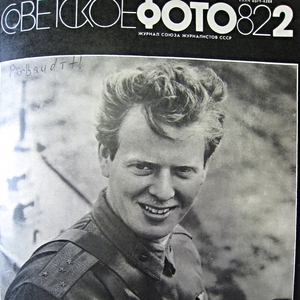“The New Wave of Photography: The Role of Documentary Photography in Latvian Art Scene During the Glasnost Era” in Stephen Andrew Arbury and Aikaterini Georgoulia, eds., Visual and Performing Arts (Athens: Athens Institute for Education and Research, 2011), 121-128. Proceedings of the 2nd Annual International Conference on Visual and Performance Arts at the Athens Institute for Education and Research, Athens, Greece (6–9 June, 2011). ISBN 978960954965.
A major shift in the role and perception of photography as a medium of the visual arts in Latvia took place on the background of the political events in the mid-1980s that ultimately led to the collapse of Soviet Union and the Communist bloc. In Latvia, then one of the Soviet Republics, the idea of restoring the country’s independence dominated the public debates. Also the visual arts often were discussed in terms of the current political and social changes. Following the pattern of neglecting the past, in the mid-1980s a ‘new wave of photography’(Demakova, 1999) was rising in Latvia. The proposed paper describes the social and aesthetic context of the ‘new wave’ of Latvian photography, and discusses the role of the documentary imagery in the visual arts. Although Latvian photographers were ‘freed to picture even the ugliest truths’ (Svede 2004), the new documentary imagery was not confused with photojournalism with its more direct and sometimes aggressive stances and rarely it represented any ‘shock-pleasure’ (Welchman, 1994)value associated in the West with photography from the Soviet Union.
The paper analyses the photographs that ‘shifted into the dominant “fine art” context’ within the specific Soviet and early post-Soviet visual culture in Latvia. Several Latvian photographers earned recognition during the late 1980s after their participation in exhibitions outside the Soviet Union. These photographers shaped and defined photography as one of the ‘new media’ (Demakova, 2000) in Latvian contemporary art of the early 1990s.The paper adds an insight into the changing attitudes towards documentary photography in Latvia during the glasnost era.



